January is the month of partying…
In 1886, Camille Paris - the discoverer of My Son Sanctuary - came to Van Hoi (Dieu Tri town, Tuy Phuoc district, Binh Dinh province) on the days before Tet. In his work Voyage d'exploration de Hue en Cochinchine par la Route mandarine (Travel of Central Vietnam along the mandarin route) , he said that on this occasion, "people whitewashed their houses, repainted their ancestral altars, replaced all charms, amulets, parallel sentences, and gold-paper allegories hung or pasted in the house and in front of the door from the previous Tet". Doctor Baurac, when observing Tet in Saigon in 1894, said in his work La Cochinchine et ses habitants Provinces de l'Ouest (Southern Vietnam and its inhabitants: Western provinces) , "during the New Year (Tet), graves were cleaned, and people burned firecrackers and paper charms there".
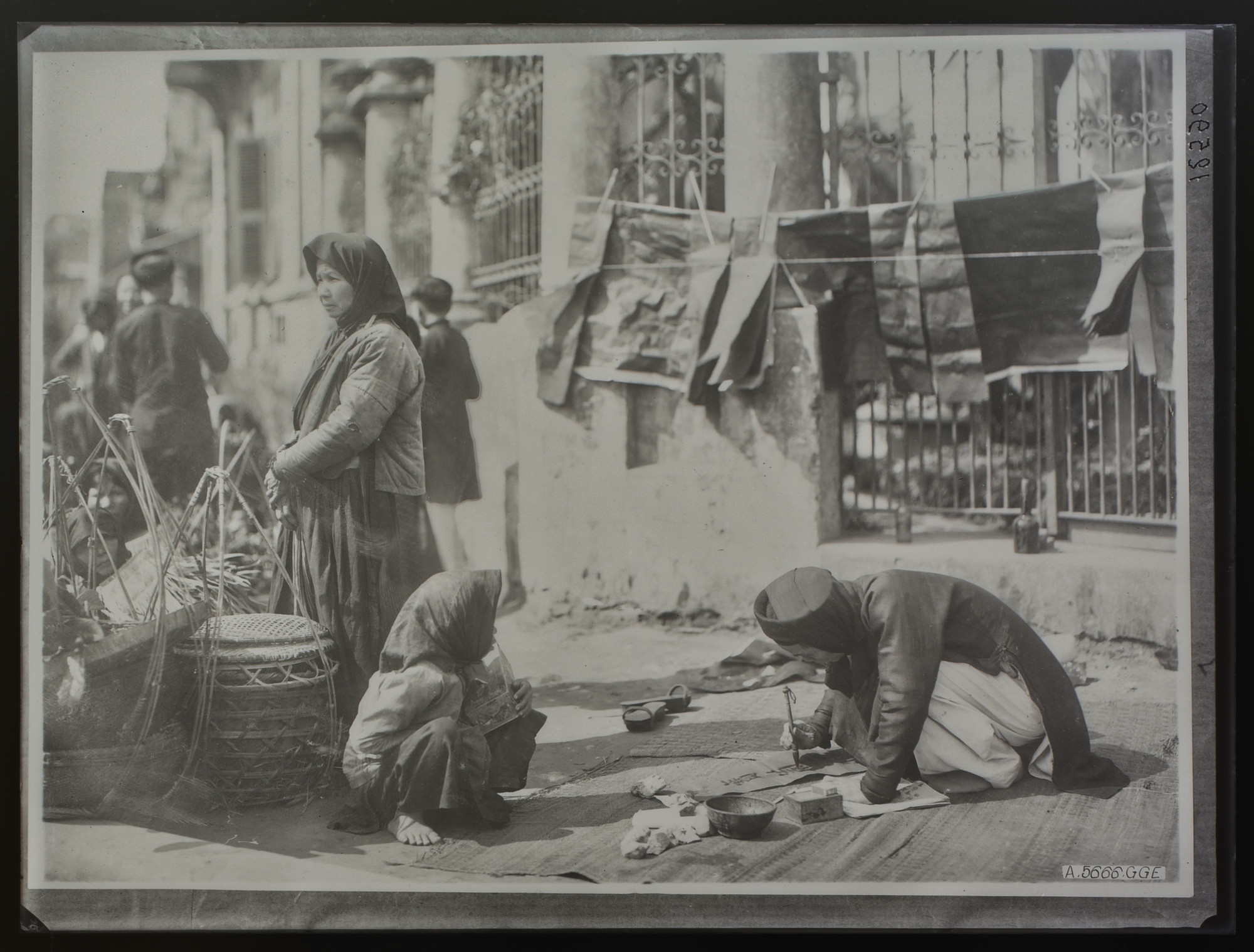
A scholar selling Tet parallel sentences, around 1920 - 1929
Photo: Quai Branly Museum
According to the book Tour d'Asie: Cochinchine - Annam - Tonkin (Around Asia: Nam Ky - Trung Ky - Bac Ky) by traveler Marcel Monnier, Tet is also an occasion to visit the shops in Cho Lon (Nam Ky), which has not been Westernized and where "there are close together outdoor restaurants, colorful silk and cotton stalls, countless colored lanterns, meter-long parallel sentences on red background with golden characters meaning Happiness and Longevity. And from the villages, people flock to shop. There are ox carts, handcarts, people walking with their backs bent under heavy baskets, there are malabar [glass carts] with four seats for the whole family to sit under the pull of a skinny horse. After buying things, people spread out to all the roads, the narrow paths between the rice fields, singing and singing all afternoon long".
According to Camille Paris, on the occasion of Tet, the restaurants are very lively: people drink tea, drink wine, eat beans, rice, snow-white rice grains decorated with pieces of braised pork or fish sauce. "It is really fun and interesting, the children wear beautiful clothes, wear wide-brimmed hats to protect themselves from the sun. From children to the elderly, everyone dresses beautifully, different from usual". A French tourist named Pierre Barrelon who came to Saigon in the early 1890s commented: "Children's clothing is something that is of special interest because it is always one of the most abundant things. Every child is made up and groomed as funny as possible".
Monnier wrote that "houses were decorated; men and women changed their dark clothes into bright ones, cherry-colored belts or green scarves", "from sunset to dawn, fireworks and firecrackers both commemorated the dead and welcomed the arrival of the new year".
When observing Tet in Hue in 1886, Dr. Hocquard wrote in Une campagne au Tonkin (A campaign in Tonkin) : "There is no trade, no farm work, no forced labor; adults and children will wear beautiful clothes" and "the offices in the royal palace are closed; starting from the twenty-fifth of December, the court stops working, no documents are signed and stamped until the eleventh of January of the following year".
According to Michel Duc Chaigneau, in his work Souvenirs de Hue (Memoirs of Hue) published in Paris in 1867, the New Year festival in Hue lasts about 10 days, all work is suspended 6-8 days before the end of the lunar year so that people can rest and have fun, the flag-raising/seal-stamping and flag-lowering/seal-opening ceremonies are indispensable periodic activities.
Pierre Barrelon had the opportunity to observe the first days of the New Year of the natives and according to him, during the three days of the festival, "the natives participate in the craziest parties and feasts. Commercial activities "stagnate", there is no way to earn a tube of rice".
Doctor Baurac said that during the three days of Tet, "all work and all business activities are suspended; people do not hold markets. In Saigon as well as inland stations, Europeans have to make provisions and stock up before Tet because during these three days of the holiday, everywhere is closed."
Earn money for Tet
According to Camille Paris, the days before Tet were very bustling, "people worked day and night because they had no time to do anything else. From the poor who wanted to change their furniture, merchants who were selling off their goods, people selling firecrackers, incense, Buddha images, bamboo effigies wrapped in colorful paper... What else? People butchered pigs, piled up areca nuts, the rich bought fabric to make scarves and hats. They needed money and something new, otherwise they had to sell all their old things."
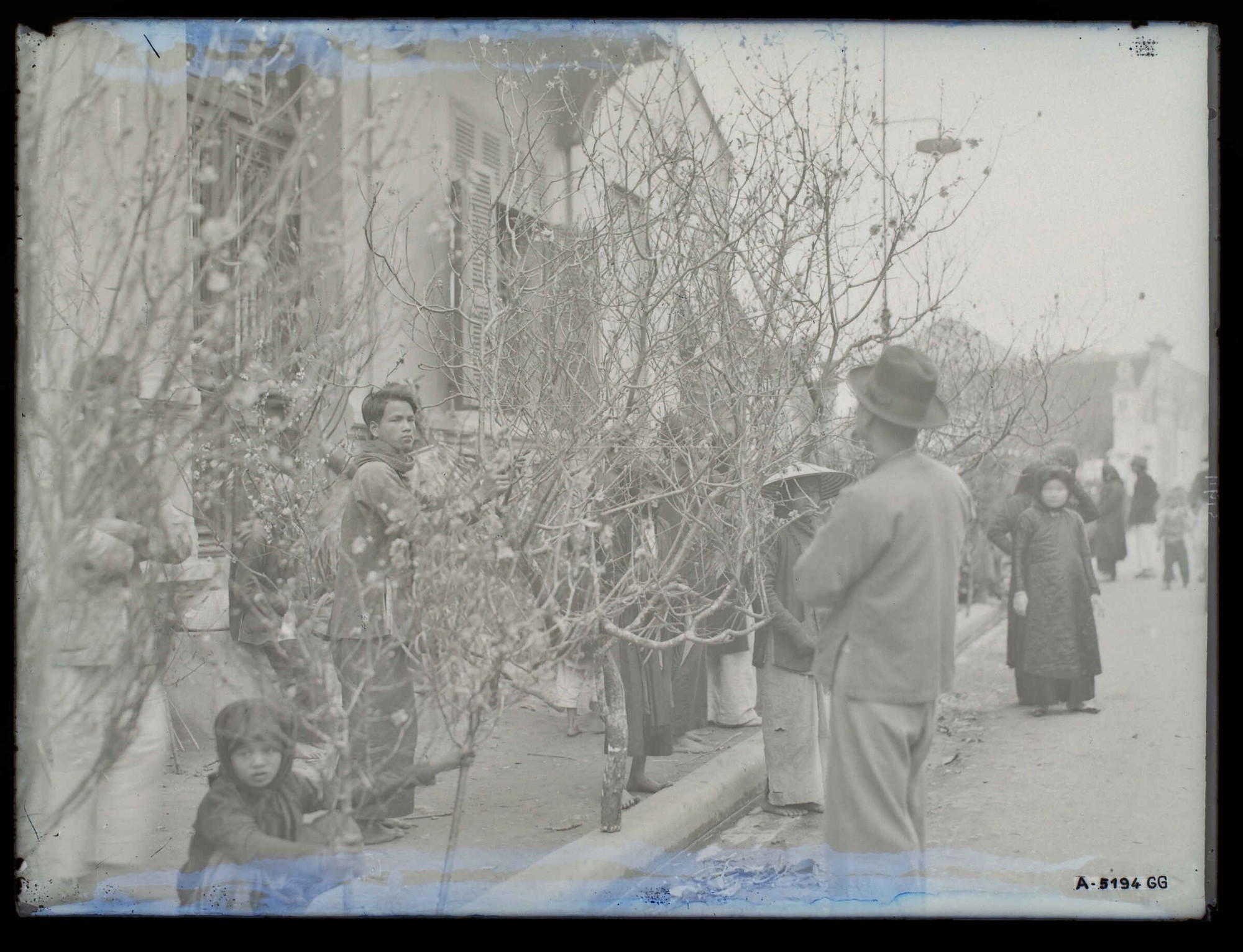
Peach blossoms on the street during Tet, Hanoi, February 2, 1929
Photo: Quai Branly Museum
According to Monnier's observation, the shopping needs of Vietnamese people in Saigon are "Tet Nguyen Dan must be celebrated solemnly, people clean their houses, decorate the ancestral altar with flowers and colored paper, buy lots of fireworks and firecrackers. And all the family's savings are poured into it". Doctor Hocquard wrote that "the miserable people will sell their belongings and borrow money to have enough money to celebrate Tet".
Pierre Barrelon wrote: "Everyone tries to earn a large sum of money by selling or pawning whatever is cumbersome, because at all costs they must have money to enjoy these festive days". British female tourist Gabrielle M. Vassal, in her work Mes trois ans d'Annam (Three Years in Annam) published in 1912, shared her experience of Tet in Nha Trang: "Some people go to collect debts, others look for something to sell for money".
New Year's Eve
According to Dr. Baurac's notes, at the beginning of the year, if the troupe was not invited to perform anywhere, they still had to perform a play to open the new year. At that time, "people would ask the gods to choose a play that was suitable for them. They did this as follows: a performance was randomly selected from the troupe's plays by a child who was incapable of thinking; then they asked the gods' opinion by tossing two coins high in the air (xin keo - NV ). If one coin landed heads and one coin landed tails, the result was favorable. If both coins landed heads or tails after falling, they would start over. This was called fortune-telling at the beginning of the year: finding which play would open the new year by fortune-telling".
According to scholar Truong Vinh Ky, in Saigon every year after Tet, the Left Army Commander Le Van Duyet organized a military parade - which had more political and religious significance than superstition. This ceremony was intended to show off power against all rebellion plots and destroy all evil seeds. The ceremony of sending troops took place as follows: "Right before the 16th of January, after fasting, the governor-general wore his ceremonial dress and went to the ancestral temple to report, then after three cannon shots, he got on a palanquin with soldiers leading the way and following behind. The governor-general was escorted out of the citadel through the Gia Dinh Mon or Phan Yen Mon gates; heading towards Cho Vai and up Mac-Mahon Street [now Nam Ky Khoi Nghia] to the gun emplacement. There, people fired cannons, soldiers were given drills, and elephants were tested. The governor-general would go around the back of the citadel and to the shipyard, attend a naval exercise, and then return to the citadel. During the parade, people lit cannons to drive away evil spirits residing in their homes."
GAMING FOR LUCK
One of the customs that foreigners pay special attention to is gambling during Tet. Gambling is a popular activity among Vietnamese people, not only for entertainment but also to pray for luck in the new year. Dr. Baurac writes that Vietnamese people "both young and old, rich and poor, mainly participate in games on this last day [the 3rd]".
Michel Duc Chaigneau commented: "The people of Dang Trong are very fond of gambling for money, they indulge in gambling with each other during the holidays". In his travelogue, Monnier commented that "they [the Vietnamese] love gambling; but only occasionally on special occasions - New Year's Day for example - do they freely bet their assets on the game of ba quan [ie the game of shaking the dice or opening the bowl]. If they are unlucky, they leave with relief".
Casinos sprang up everywhere, people gathered in groups of three or seven "inside the house, outside the alley, even on the roadside..." to gamble with each other, which could last all night long. Whoever was unlucky enough to lose all their money would run around and borrow money to continue to pray for luck, according to Michel Duc Chaigneau.
Mrs. Vassal also recounted the popular gambling game in Nha Trang at that time that everyone liked to play was "three-card" betting. "People even sold new clothes to continue gambling", "so the poor, skillful and intelligent craftsmen remained poor".
Monnier wrote positively that "their fellow countrymen are always full of compassion, and can lend easily. To these people, the village will take money from their own pockets or donate to help the gambler and provide him with food and clothing, provided he also pays back in the same way".
According to ancient customs, right from New Year's Eve (midnight to the first day of the new year), Vietnamese people practice ancestor worship rituals, on the morning of the first day, they hold offerings, offering two meals a day until the morning of the fourth day, they offer farewell to the God of the Cloth, some families offer until the seventh day.
In addition to the worship ceremony, there is the New Year's Eve ceremony, where young people bow to their elders twice and receive lucky money in return. The custom of entering the house with the concept of heavy and light spirits still exists today, causing many people to consider not rushing to other people's houses on the first day of the New Year for fear of being blamed. On Tet, people also often erect poles and sprinkle lime powder, every house has banh chung as an offering for Tet, missing banh chung is like missing Tet...
In 1944, scholar Nguyen Van Vinh once passionately wrote in the Indochine weekly that "don't boycott Tet", but the ancients also said "the most important thing is to keep the rituals in line with the times". Respecting rituals is the right thing, but reforming rituals and customs is also an issue that is always raised, especially in the modern context, what to keep, what to abandon, what to simplify for progressive innovation.
Lunar New Year or the traditional Tet of the Vietnamese people is a great occasion, "it ends the long continuous chain of time and makes the life of people and all things more rhythmic" (Jean Przyluski), it is an occasion for people to put aside their worries and daily concerns to send love and best wishes, share joy together, to remember their ancestors, to rest, have fun and gather with family and friends, to throw away the worries and difficulties of the old year and together welcome the good things to come...
It can be said that Western records of the Vietnamese traditional New Year not only bring new and rich perspectives on the holiday, but also show that under the influence of French culture, the traditional New Year still maintains its core values, reflecting the enduring vitality and resilience of a unique national culture.
Source: https://thanhnien.vn/tet-viet-xua-qua-ghi-chep-cua-nguoi-phuong-tay-185250106165404594.htm


![[Photo] Prime Minister Pham Minh Chinh works with state-owned enterprises on digital transformation and promoting growth](https://vstatic.vietnam.vn/vietnam/resource/IMAGE/2025/4/15/f55bfb8a7db84af89332844c37778476)
![[Photo] President Luong Cuong holds talks with General Secretary and President of China Xi Jinping](https://vstatic.vietnam.vn/vietnam/resource/IMAGE/2025/4/15/f7e4c602ca2f4113924a583142737ff7)
![[Photo] Vietnamese and Chinese leaders attend the People's Friendship Meeting between the two countries](https://vstatic.vietnam.vn/vietnam/resource/IMAGE/2025/4/15/7d45d6c170034d52be046fa86b3d1d62)
![[Photo] Celebrating the 70th Anniversary of Nhan Dan Newspaper Printing House](https://vstatic.vietnam.vn/vietnam/resource/IMAGE/2025/4/15/a7a2e257814e4ce3b6281bd5ad2996b8)
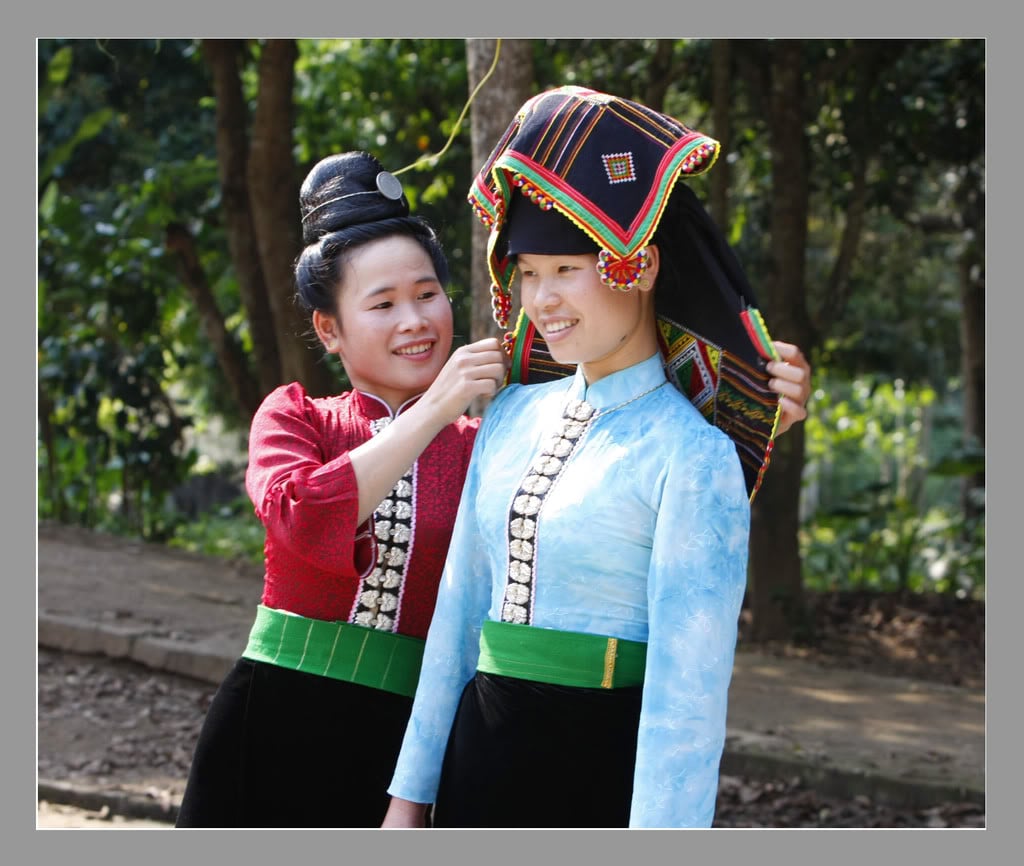

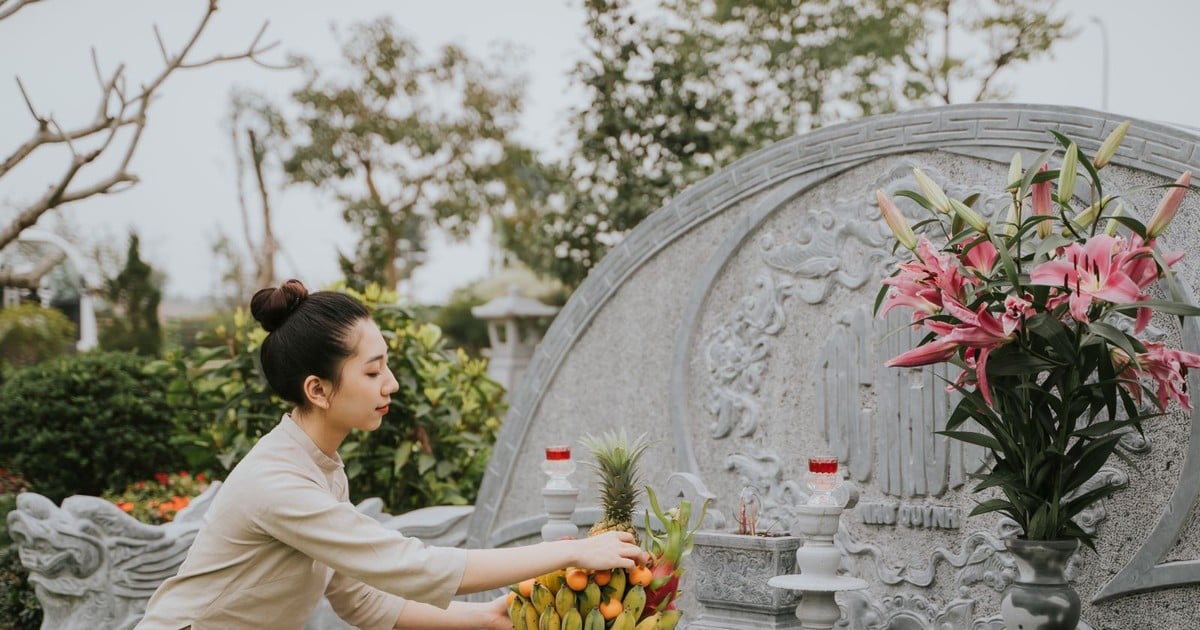

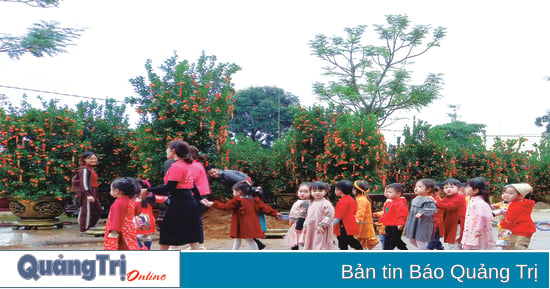



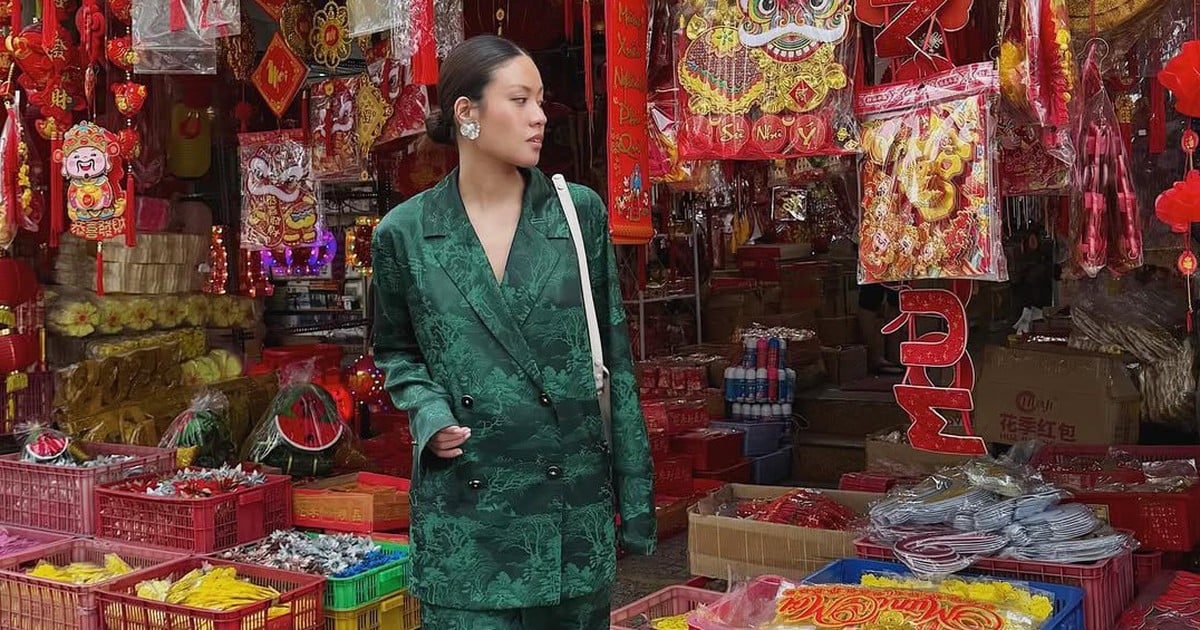


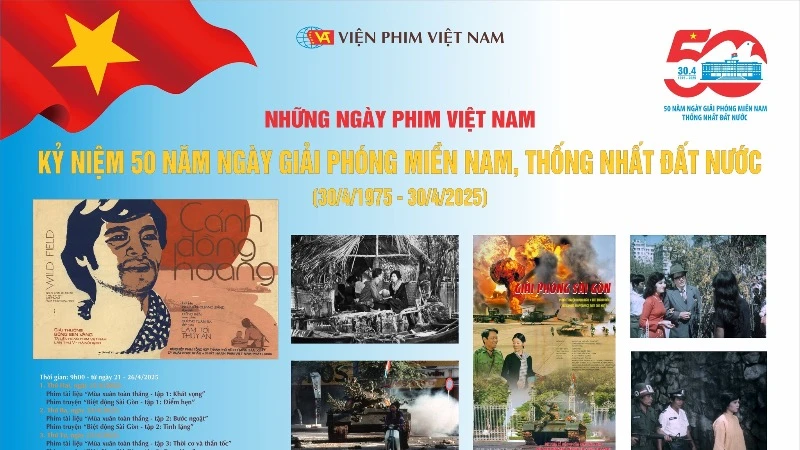
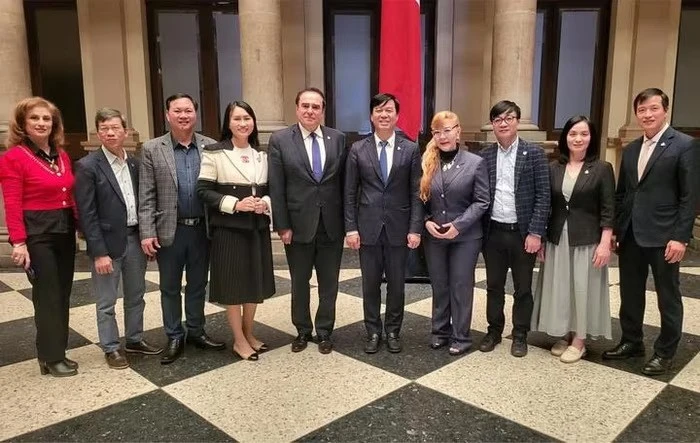
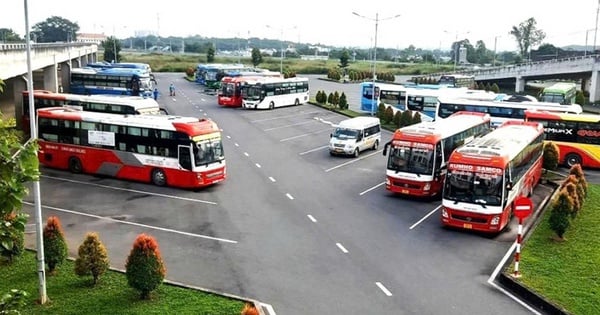
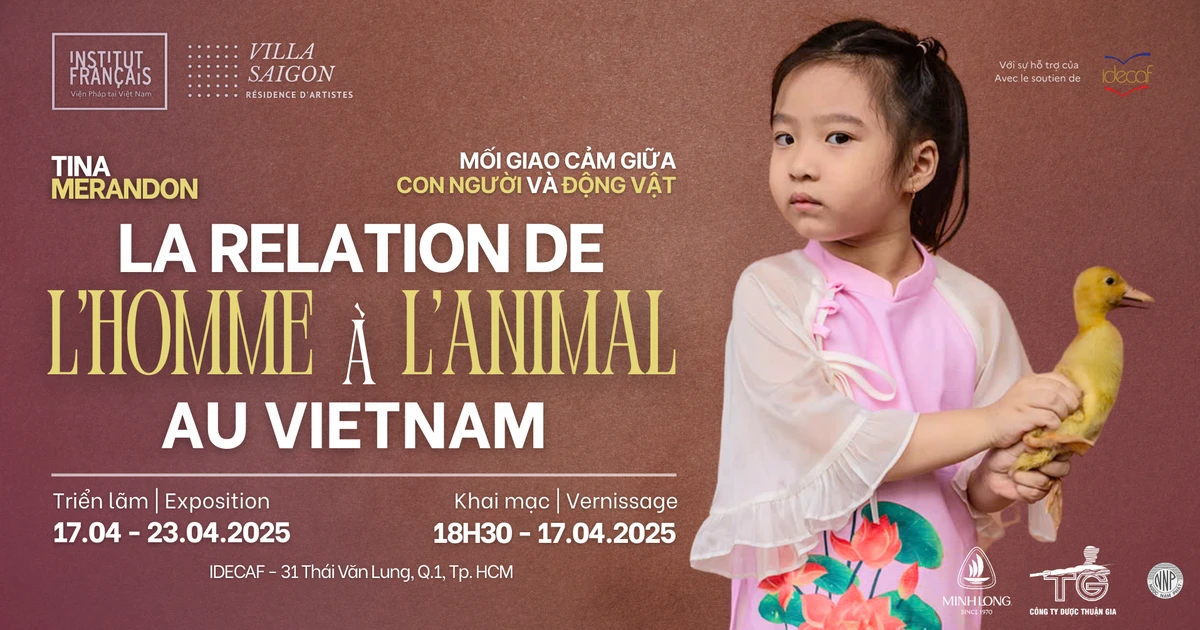
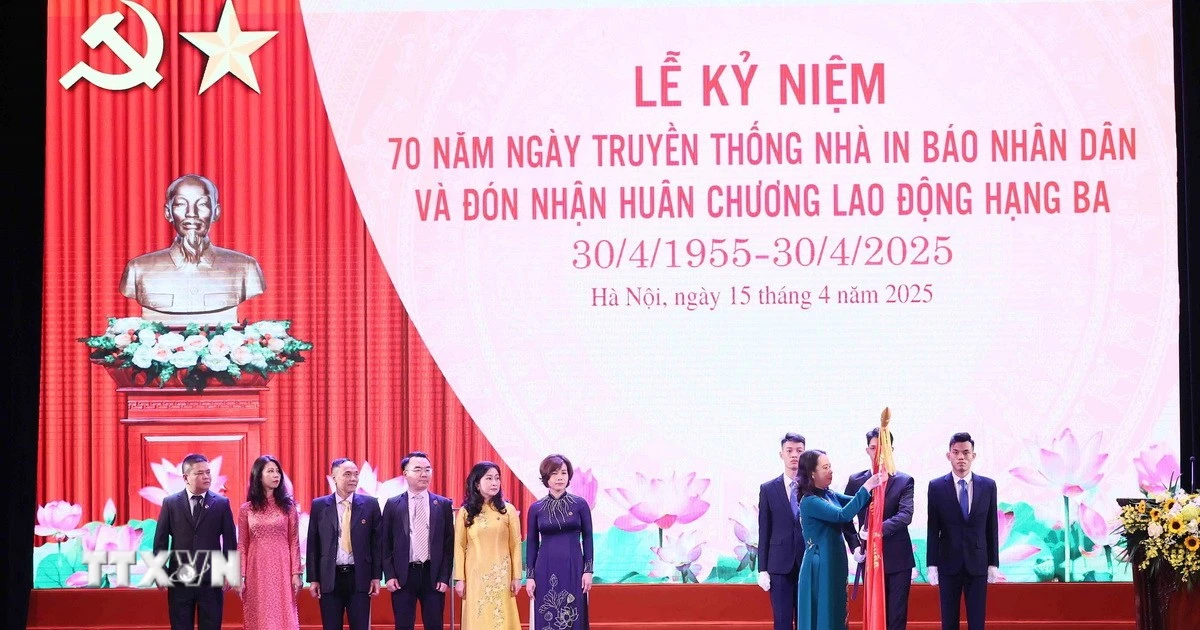




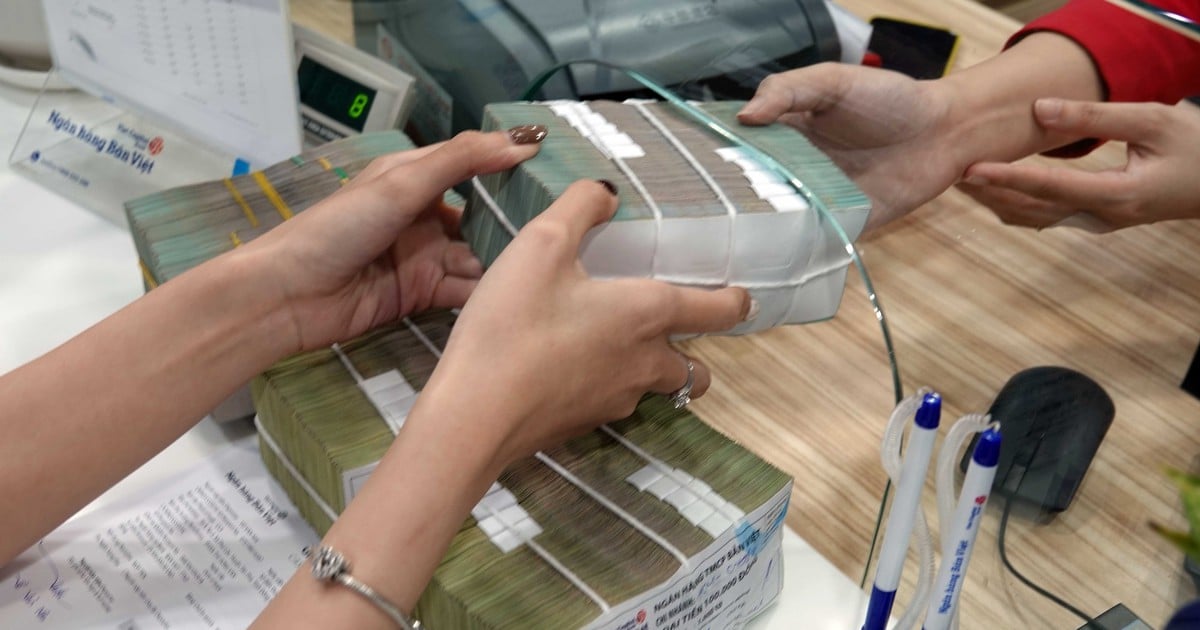
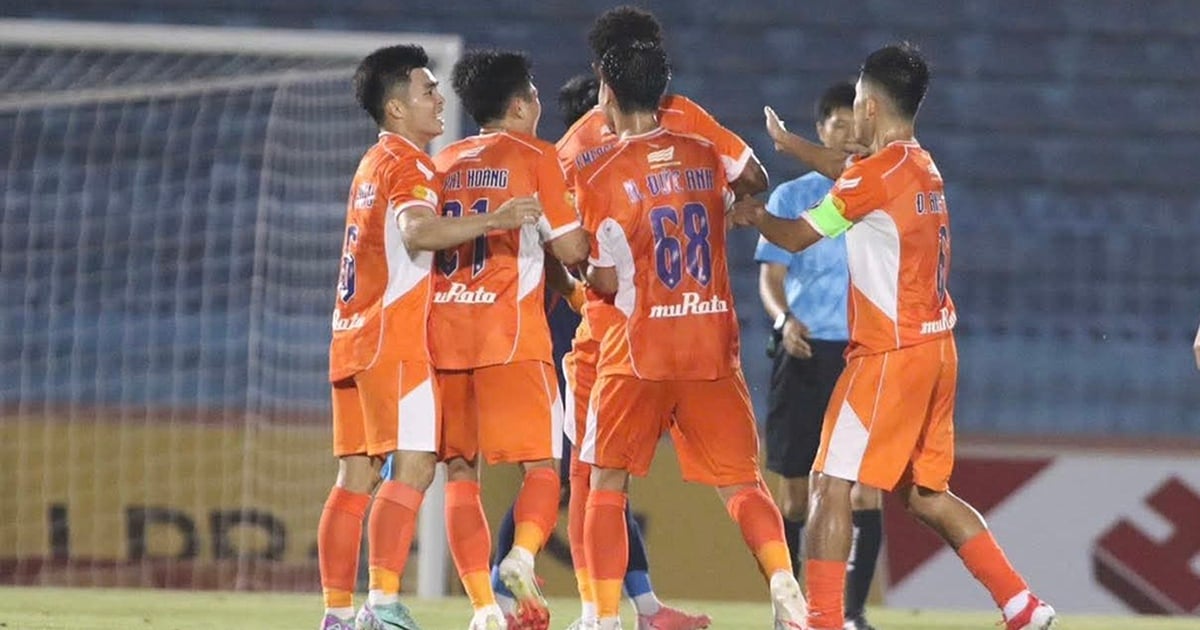
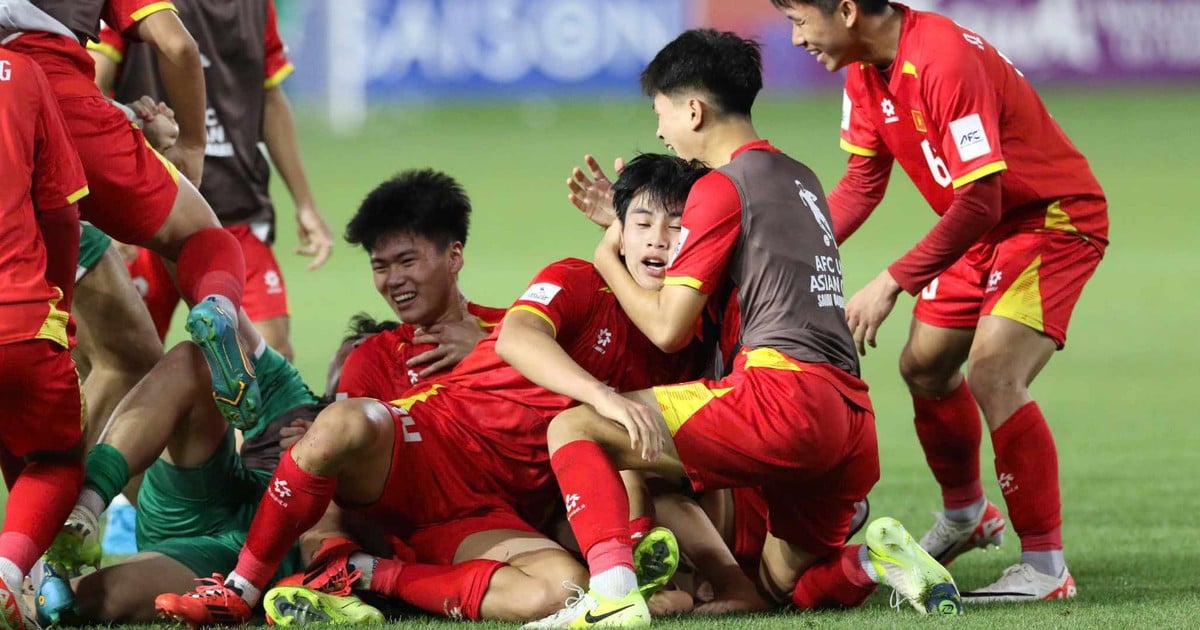

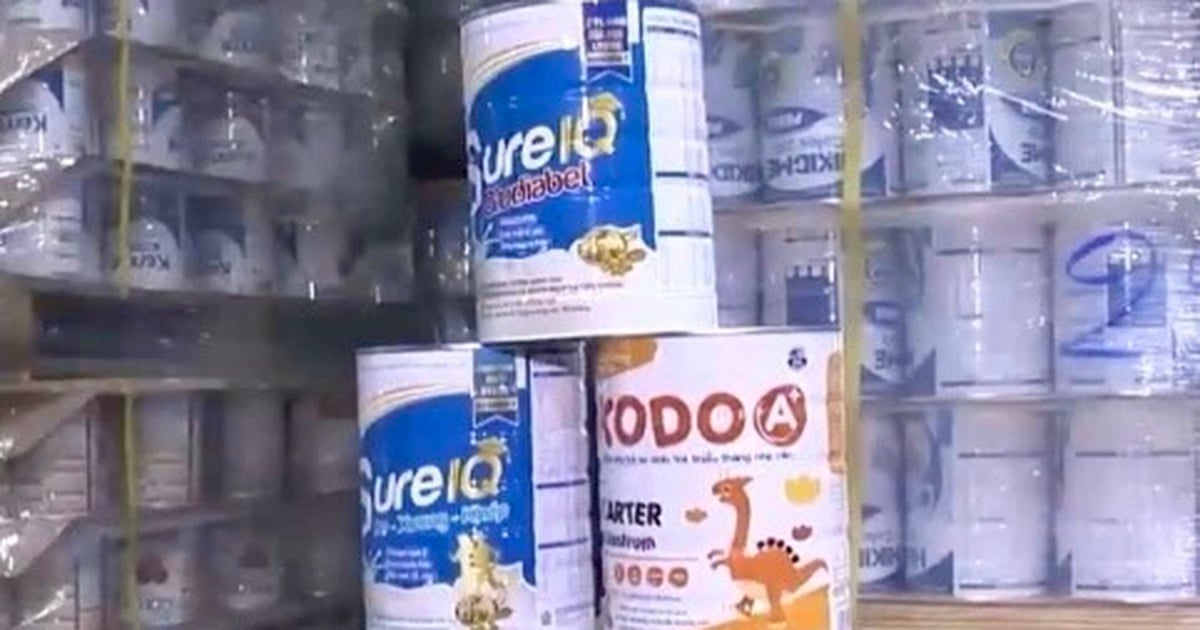
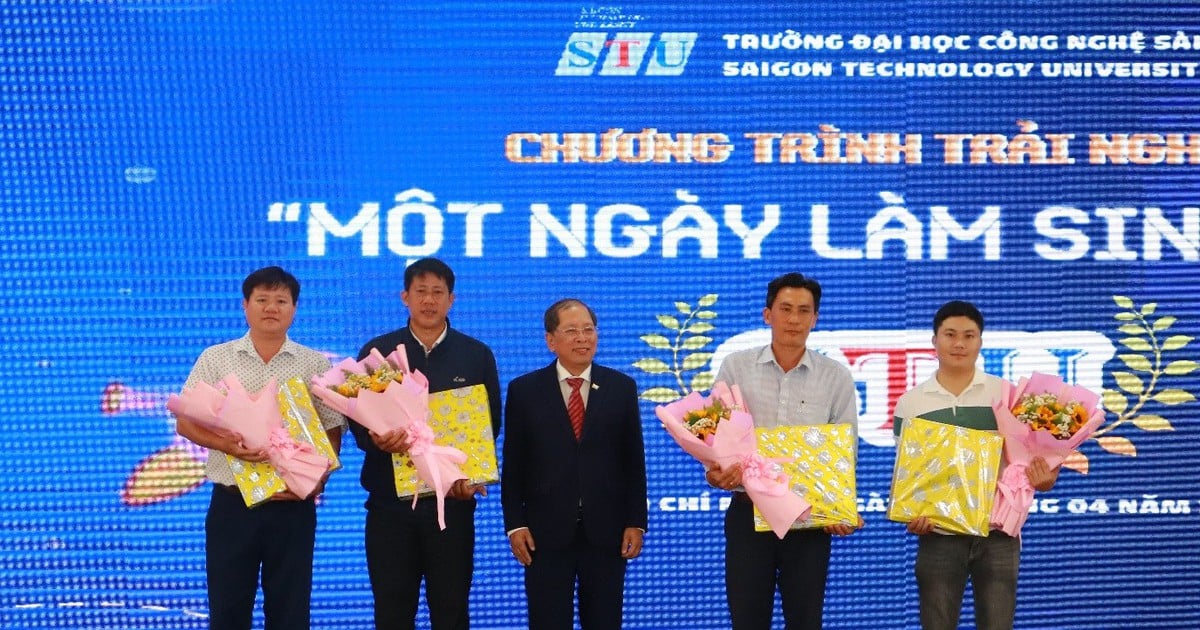

![[Photo] Tan Son Nhat Terminal T3 - key project completed ahead of schedule](https://vstatic.vietnam.vn/vietnam/resource/IMAGE/2025/4/15/85f0ae82199548e5a30d478733f4d783)
![[Photo] Reception to welcome General Secretary and President of China Xi Jinping](https://vstatic.vietnam.vn/vietnam/resource/IMAGE/2025/4/15/ef636fe84ae24df48dcc734ac3692867)
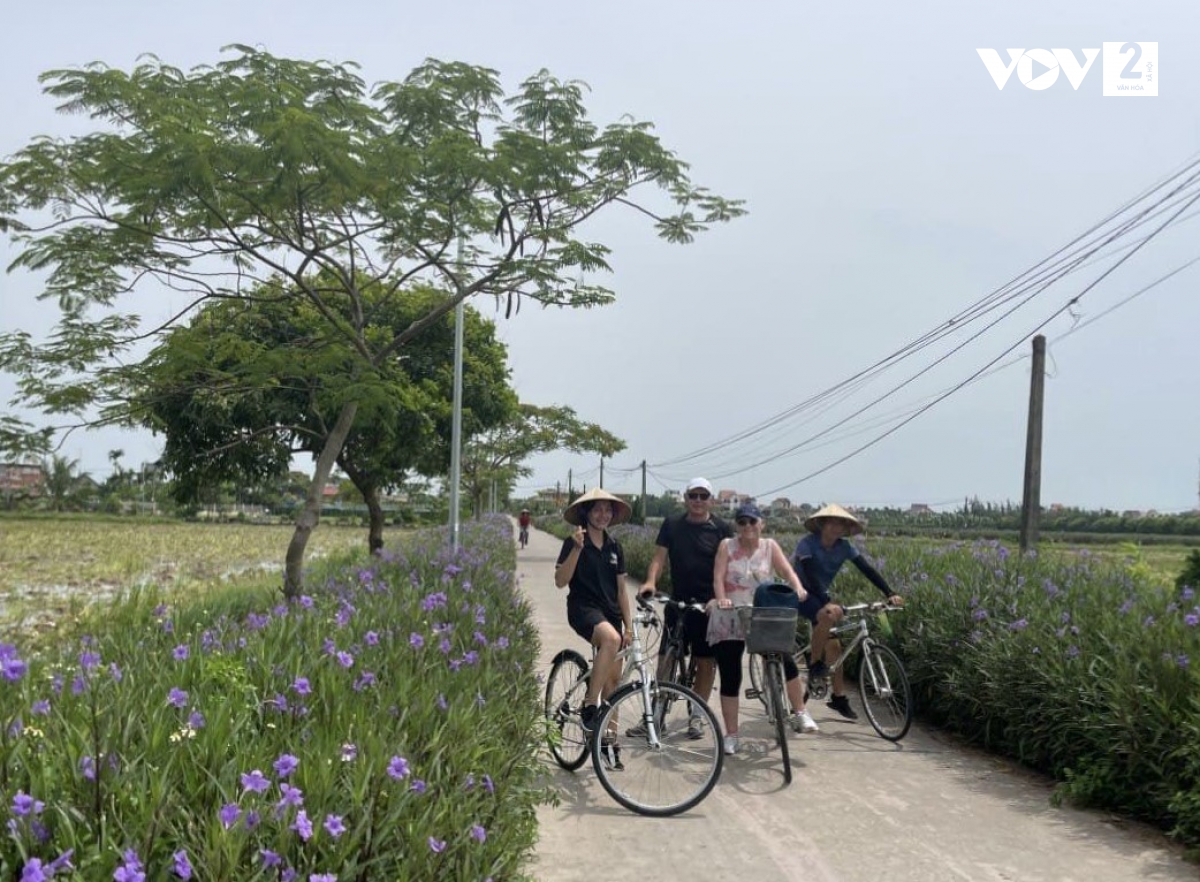

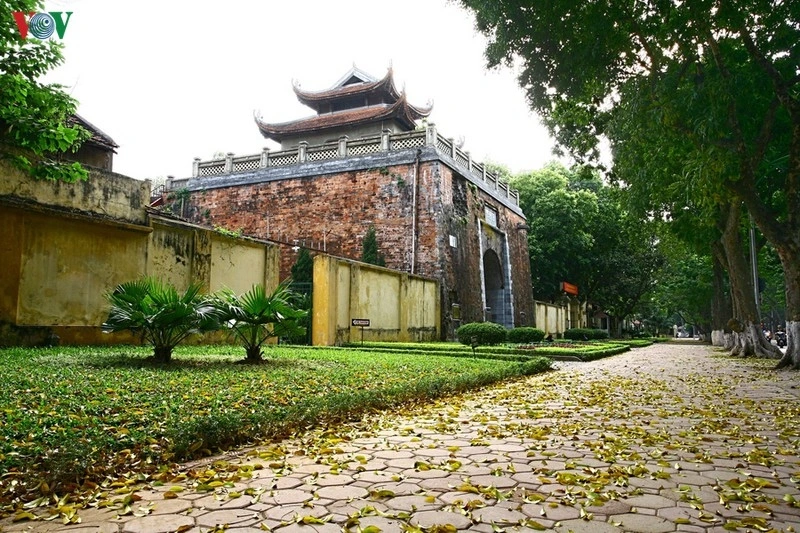
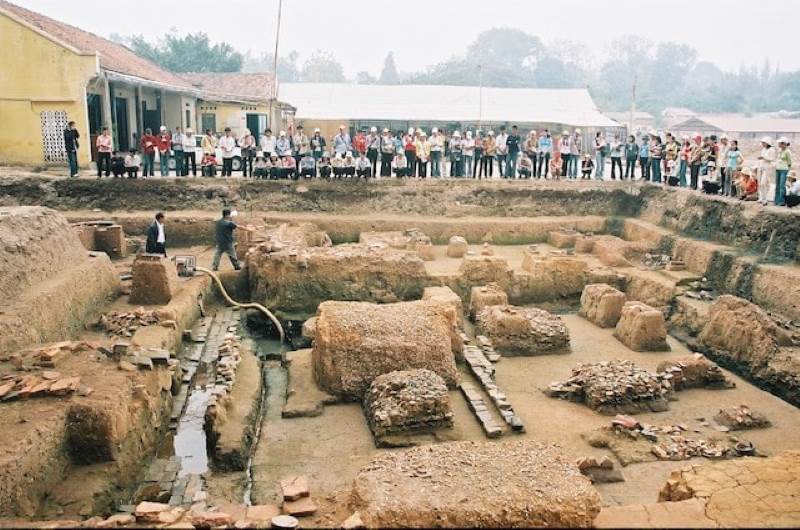


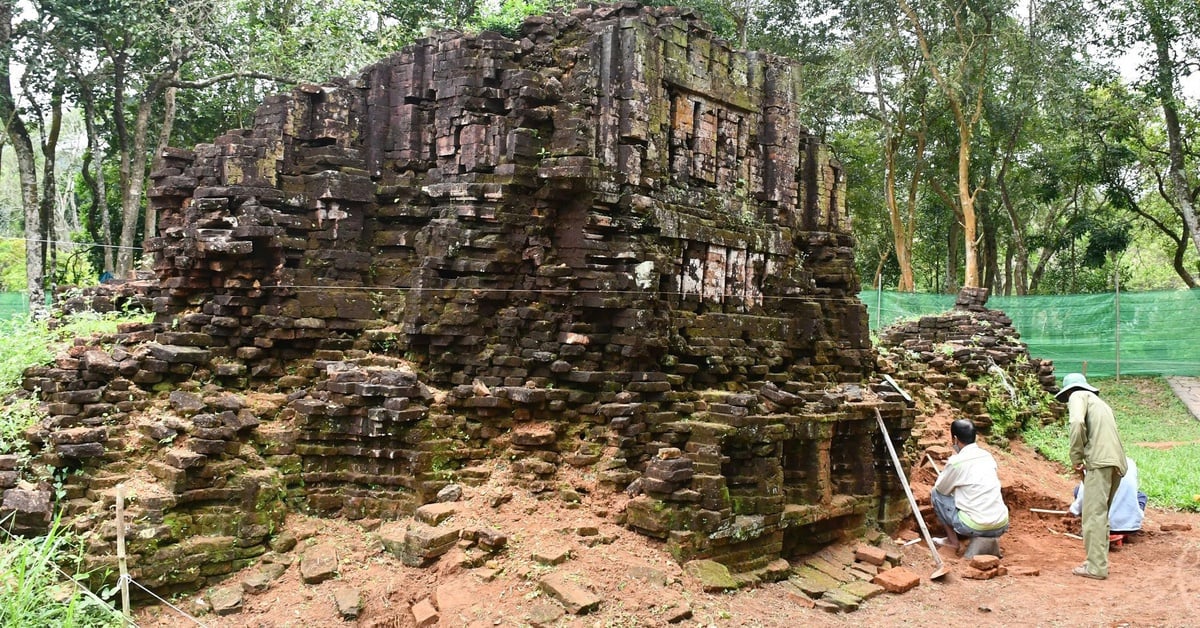

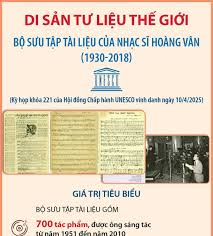

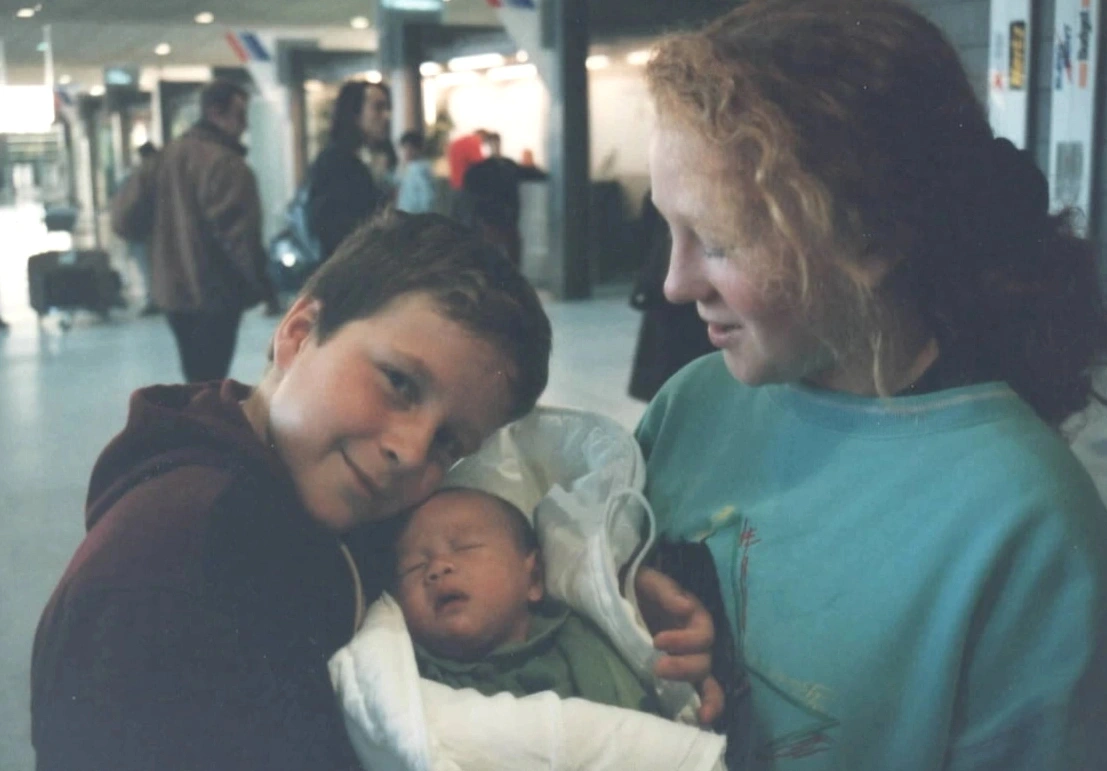



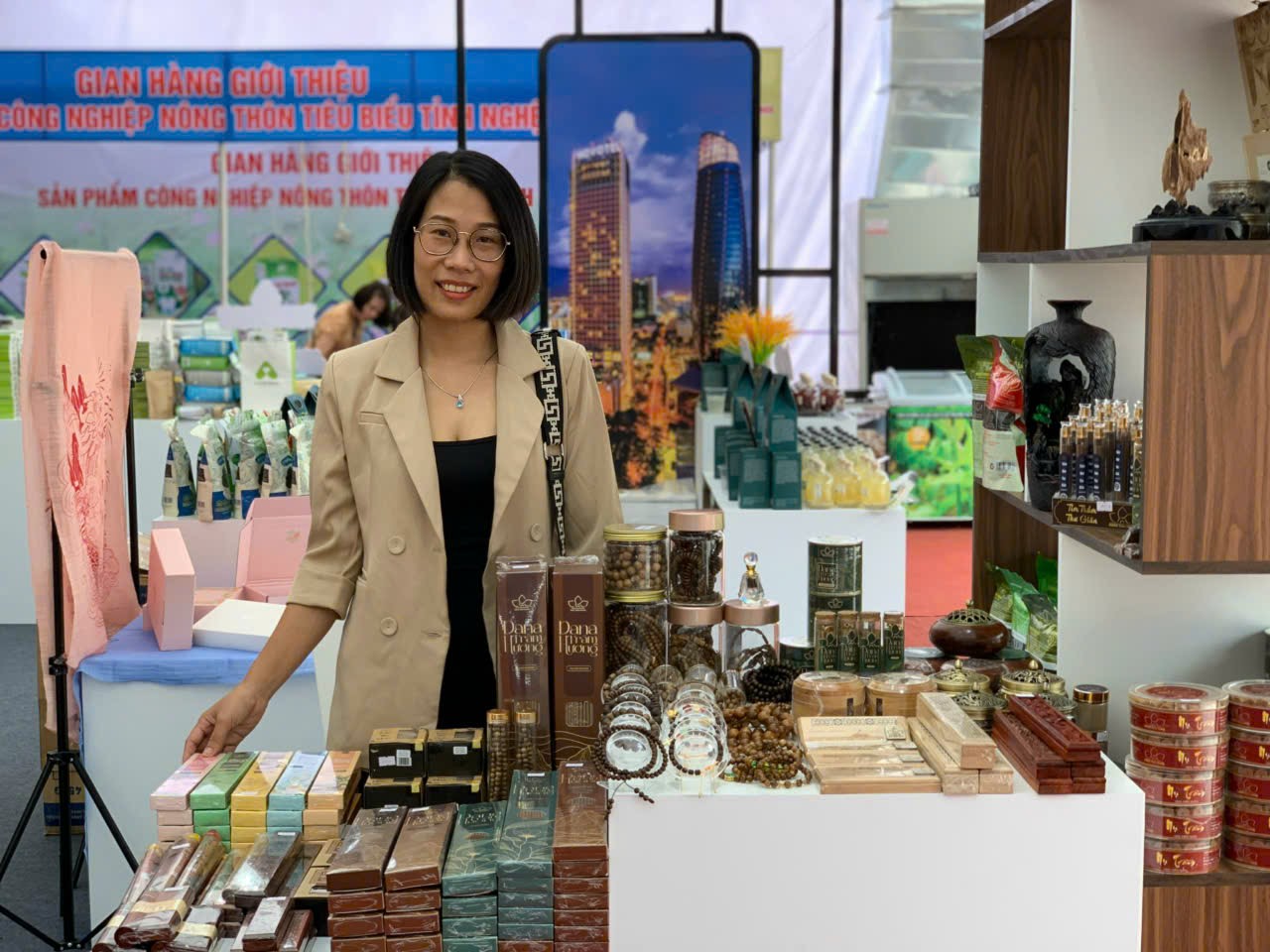

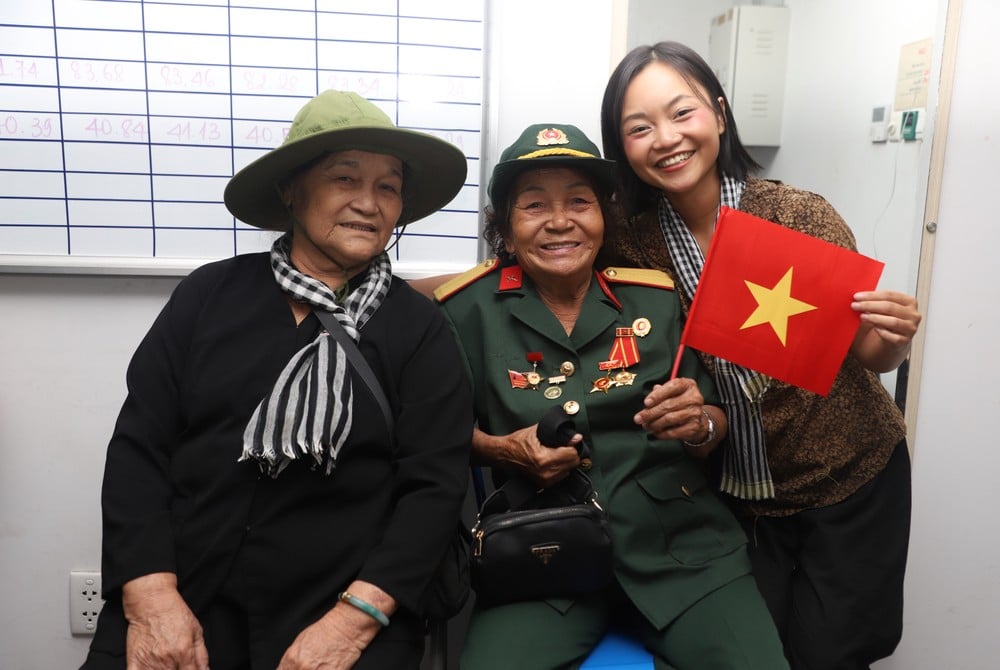




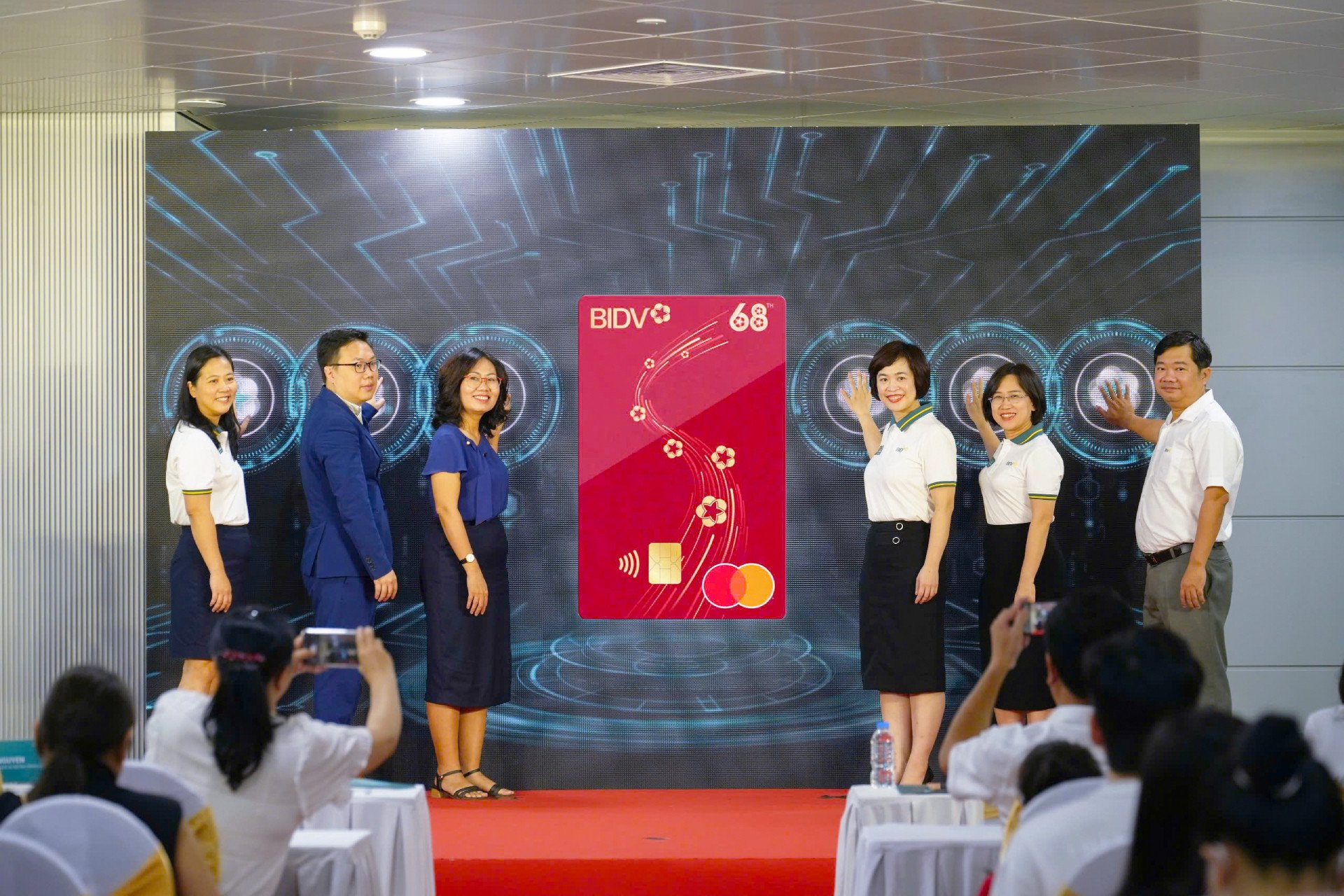


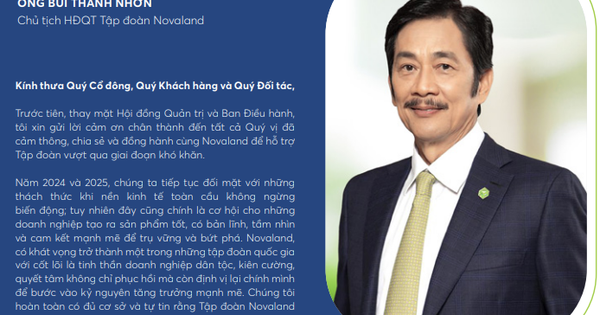






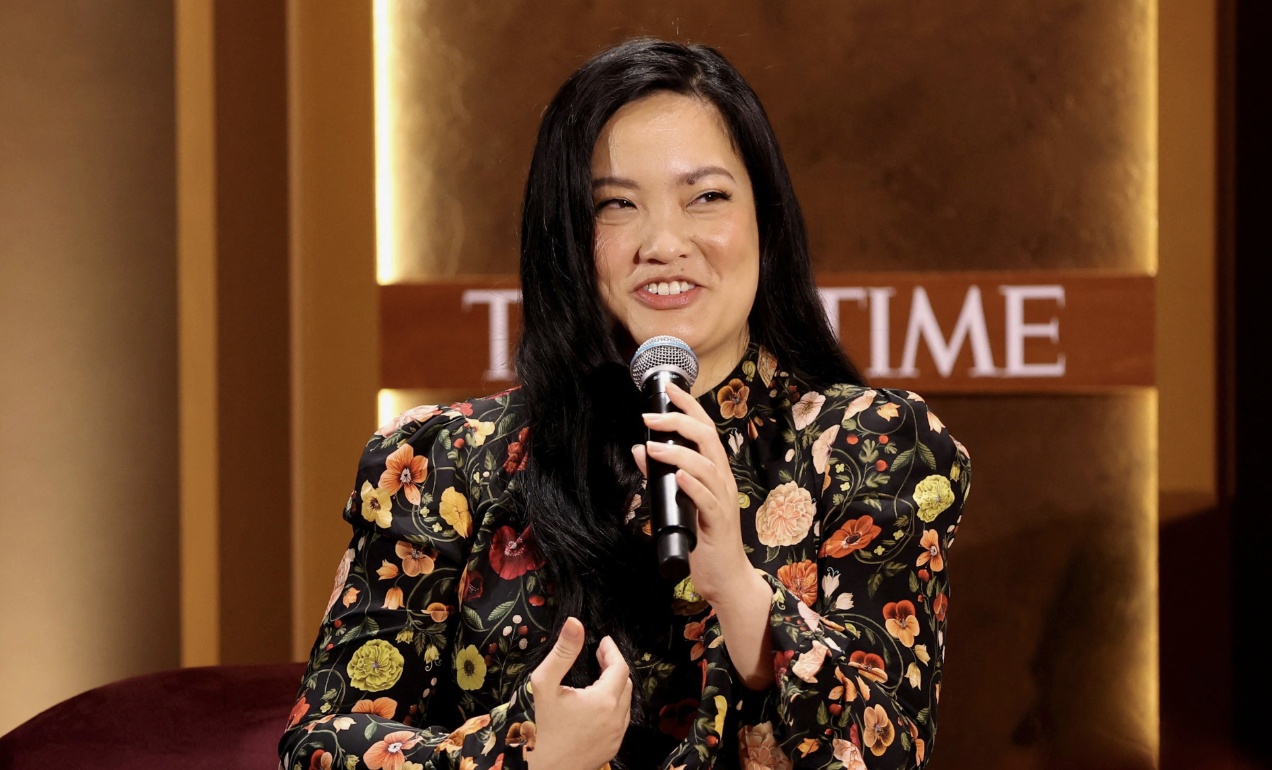
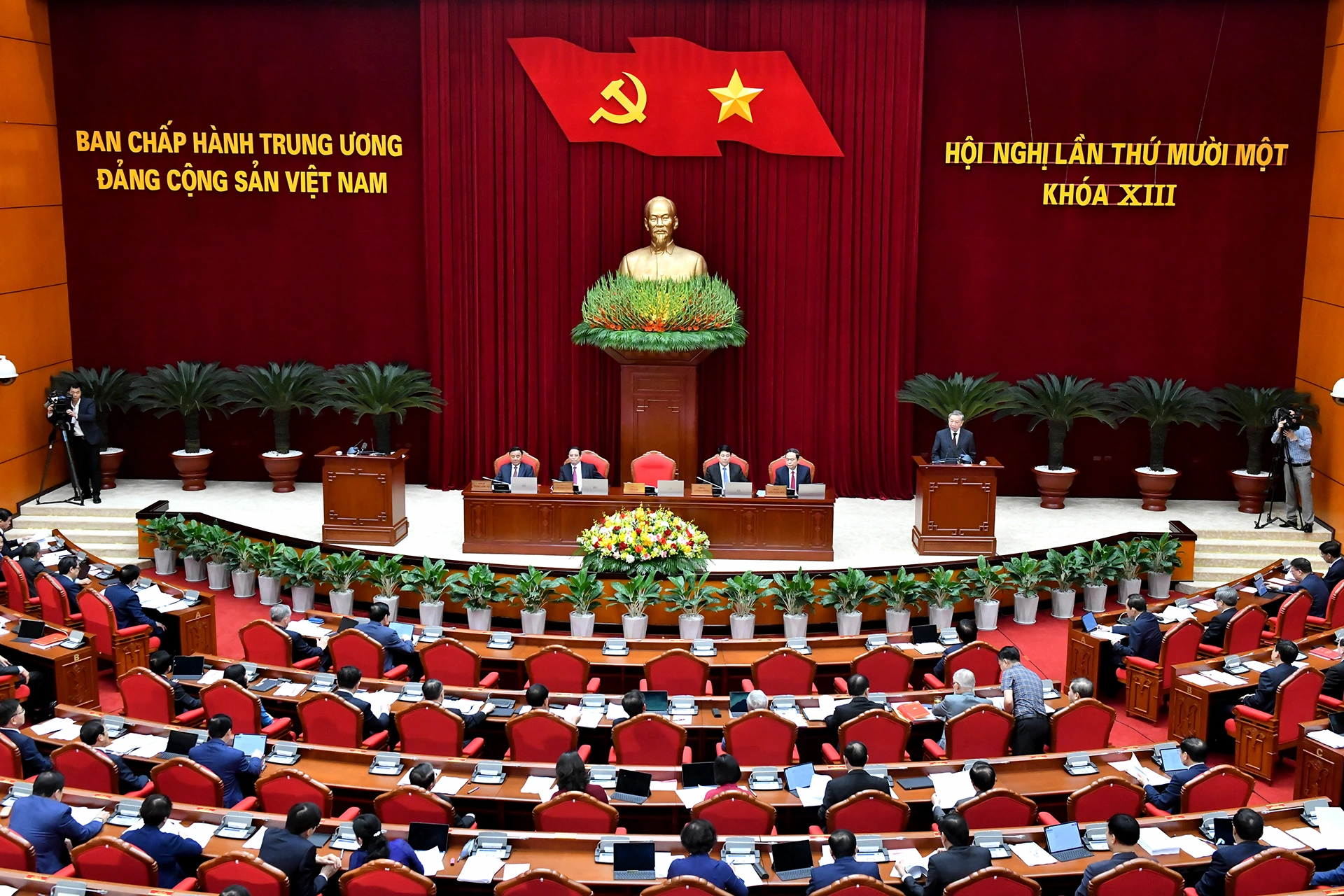
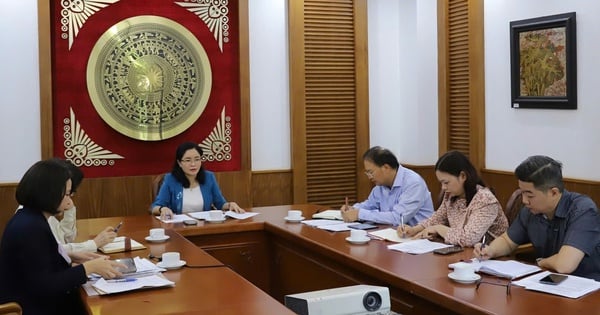

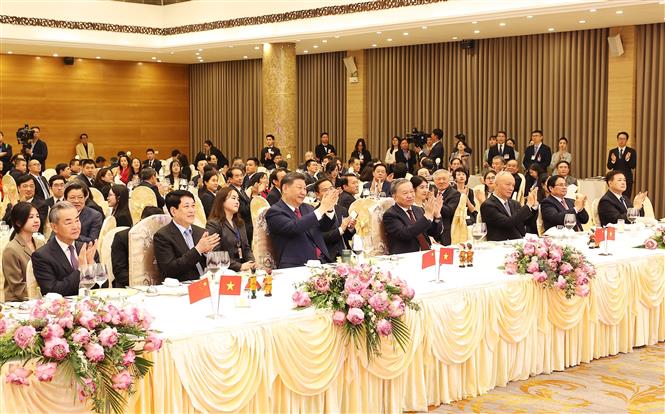

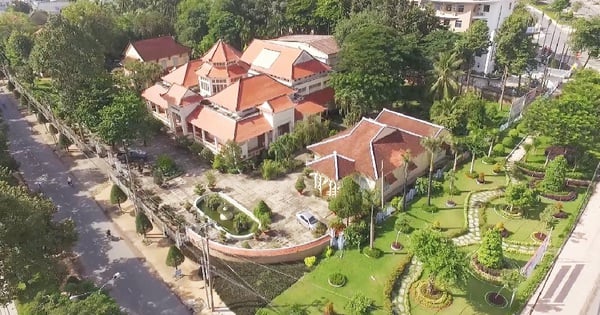
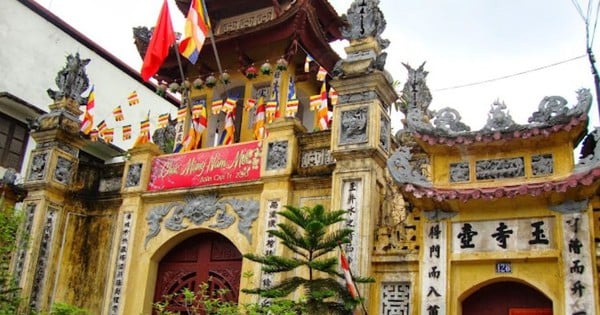


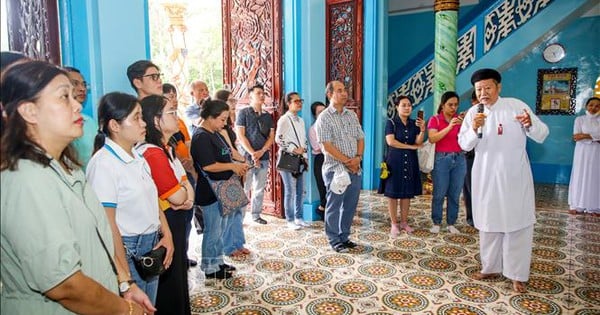
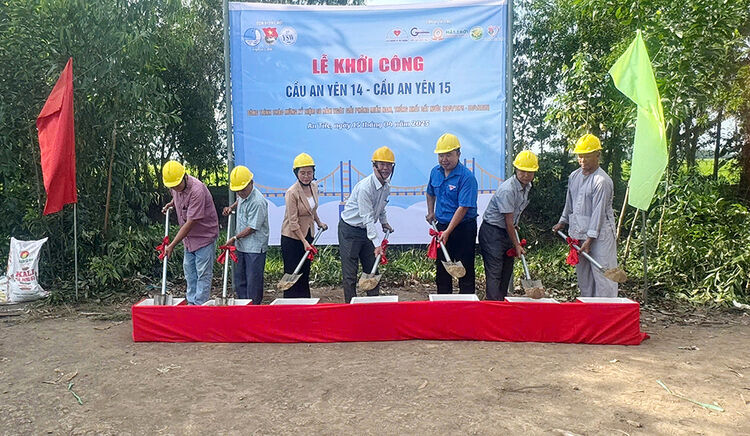

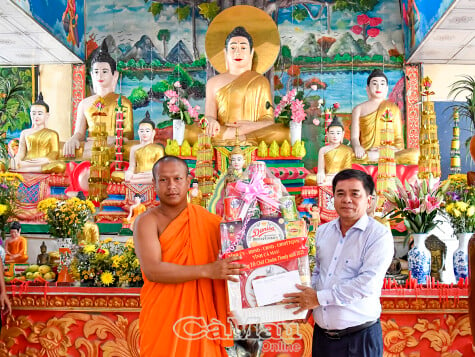
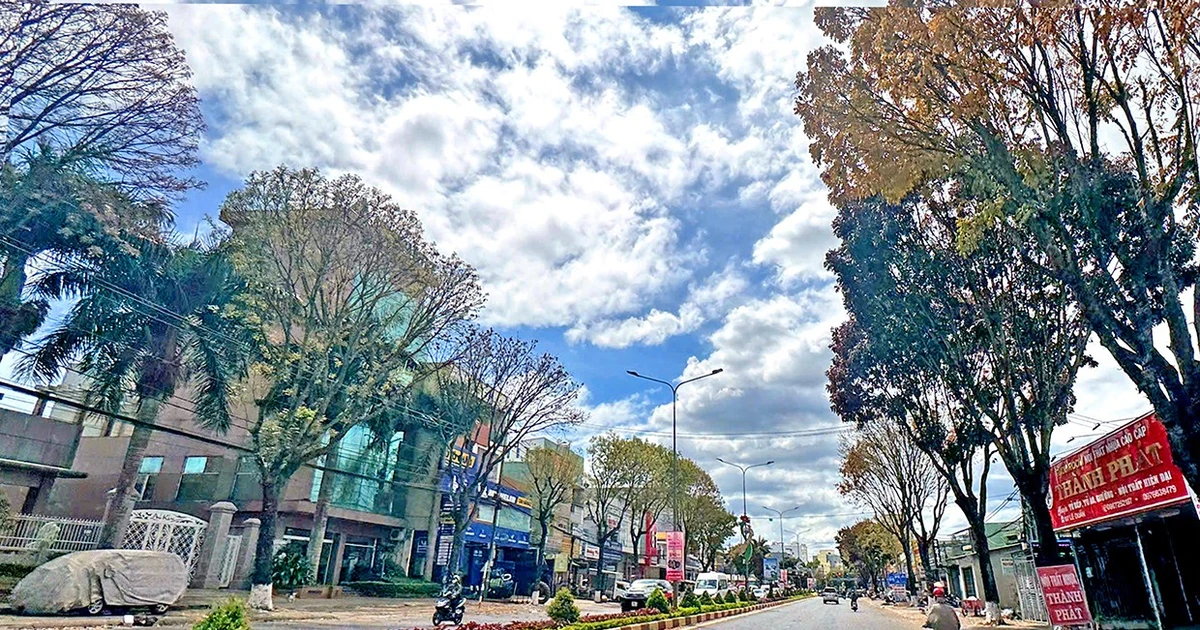

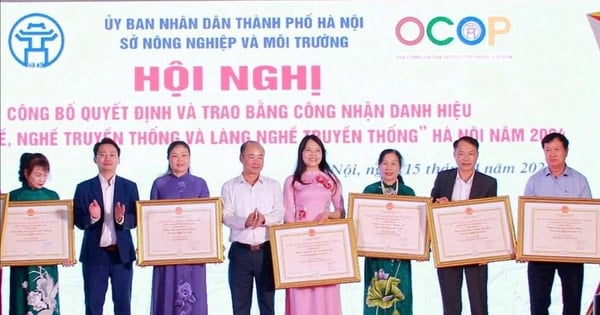

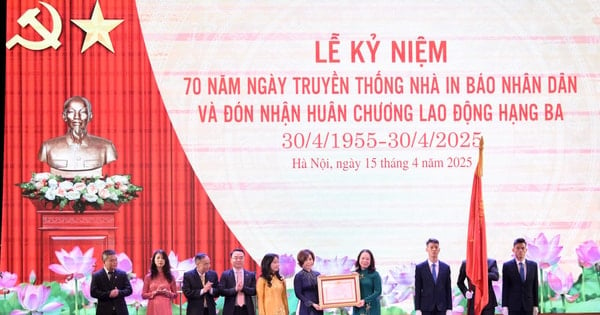
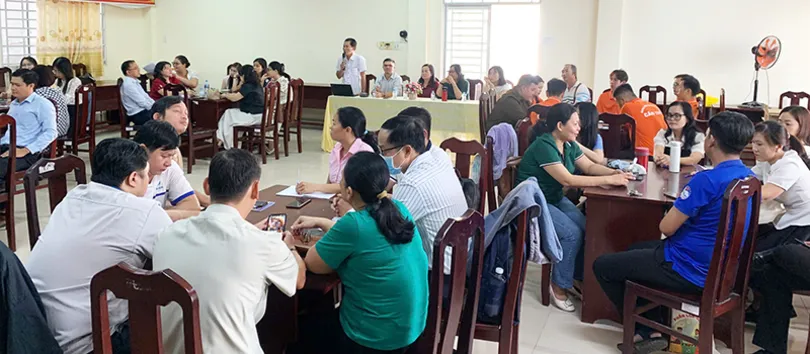



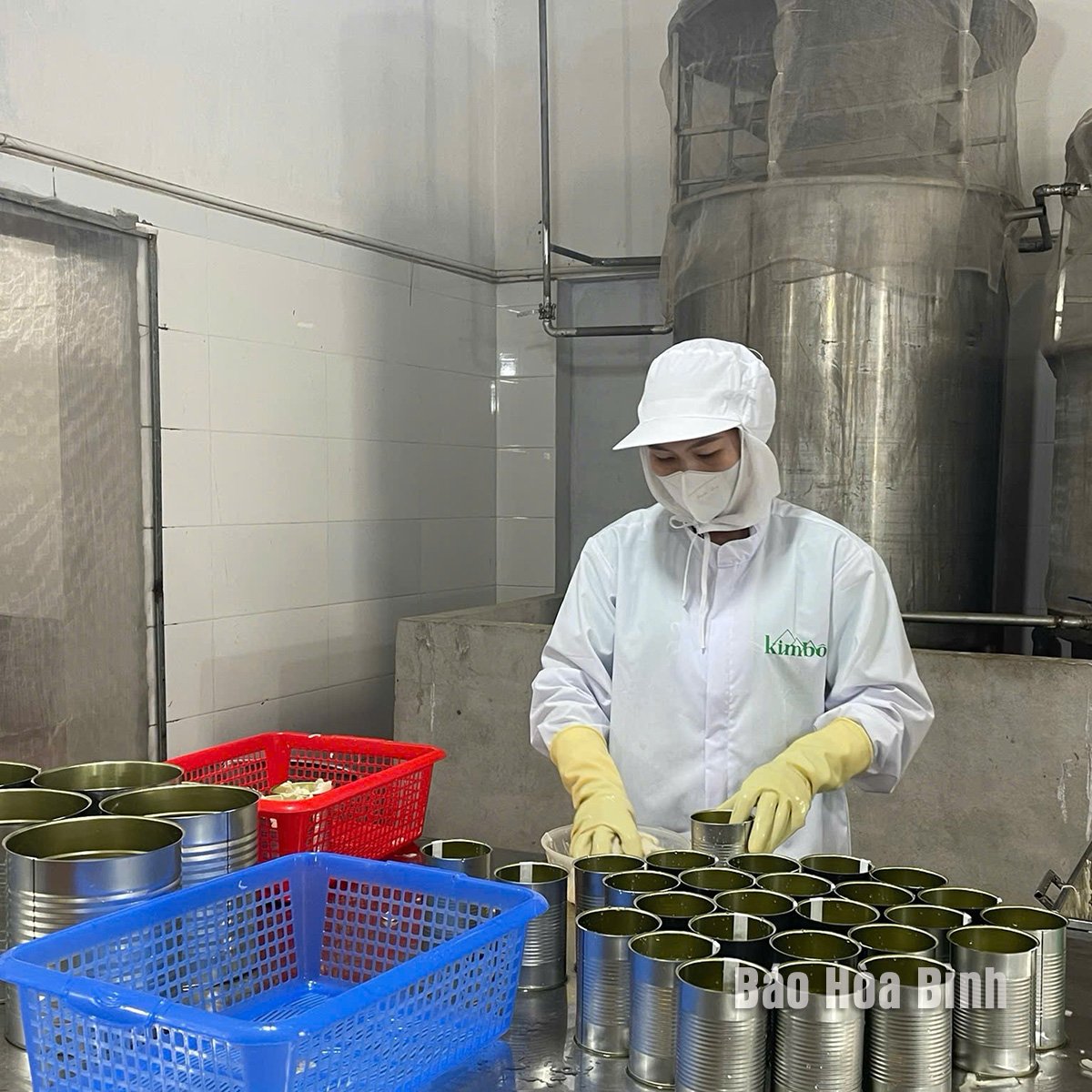

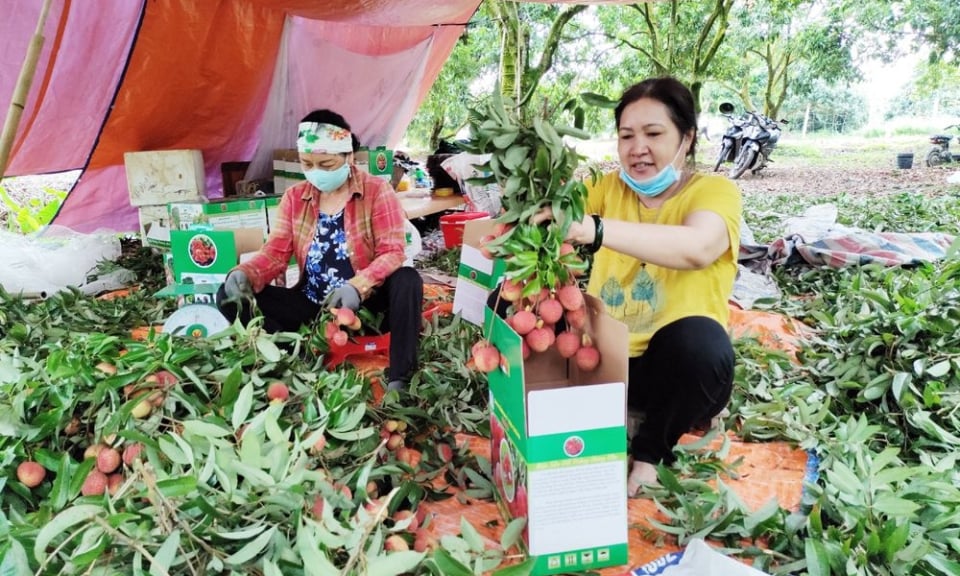

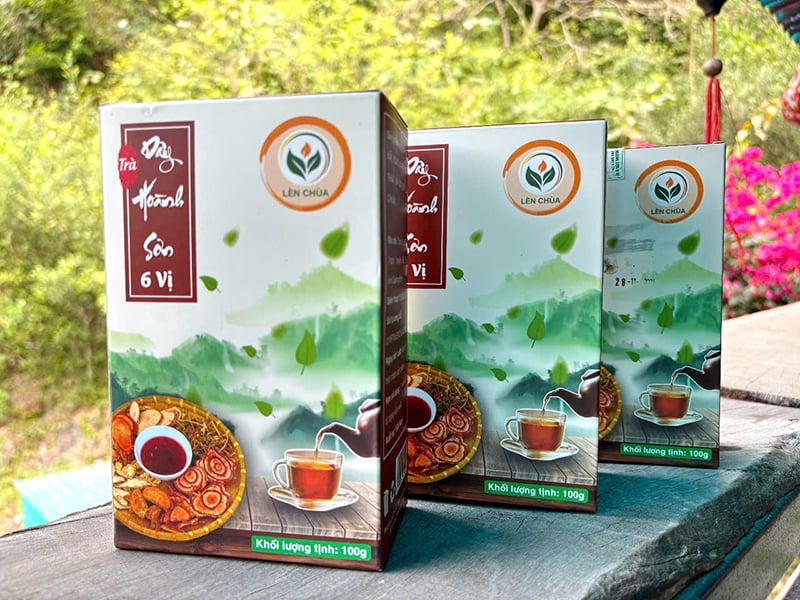
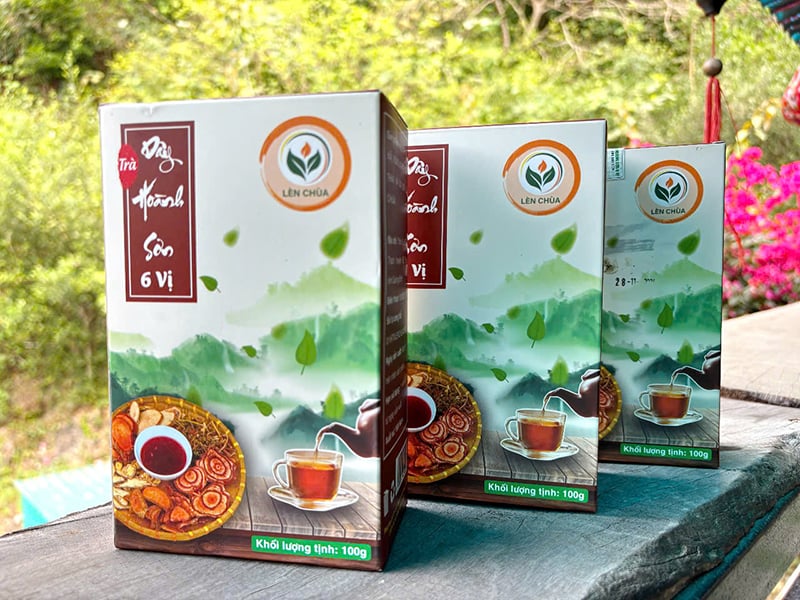


Comment (0)